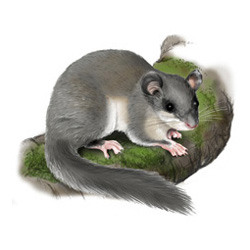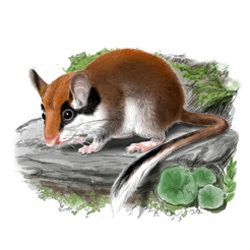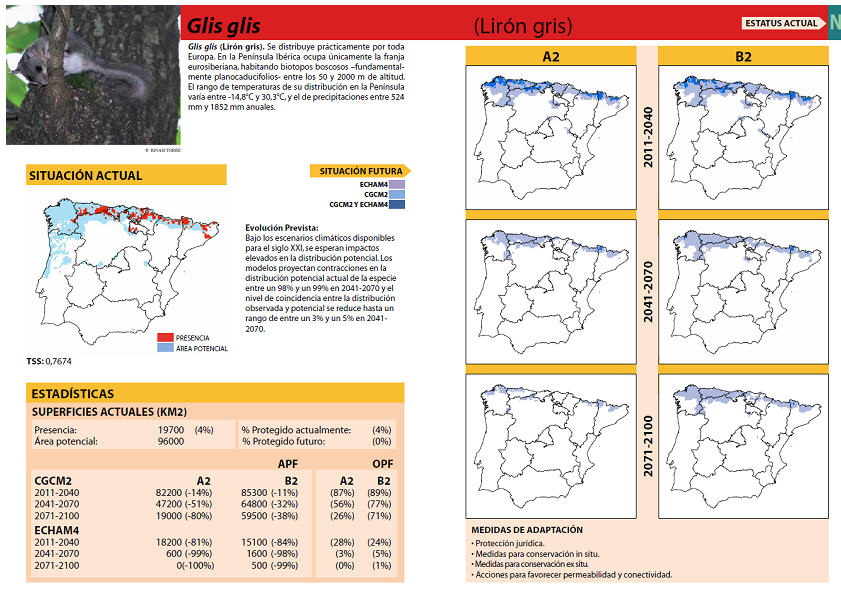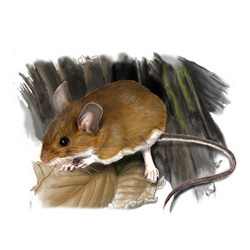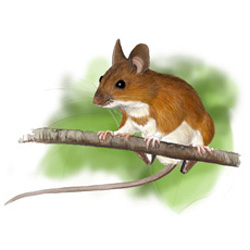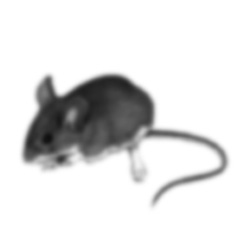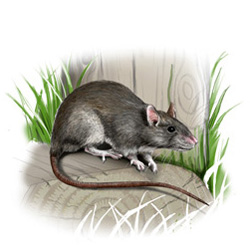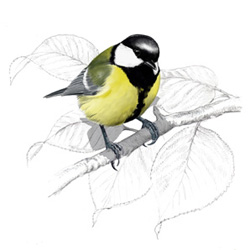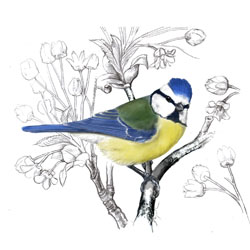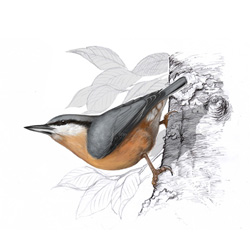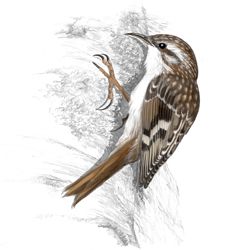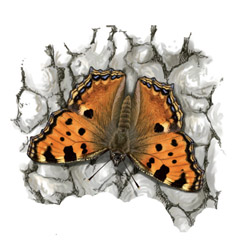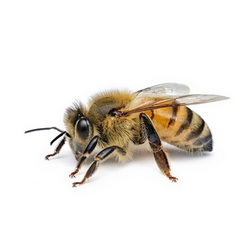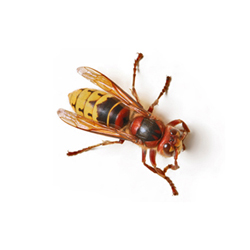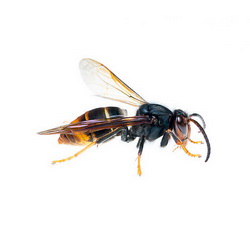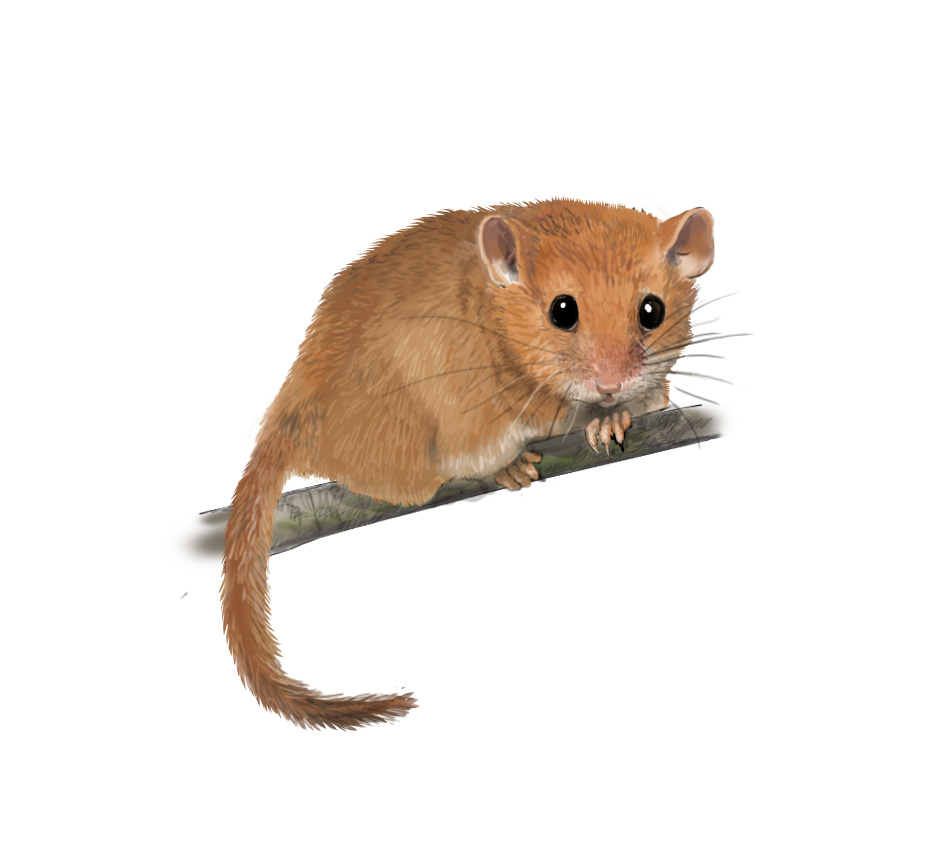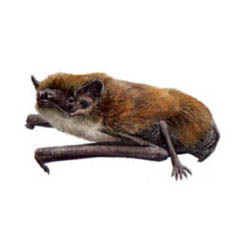Dormice
They are particularly sensitive to climate and other environmental factors, which makes them important bioindicators
The edible dormouse is the largest species of all the Gliridae family. Although it might occasionally prey on insects and small arthropods, it is mainly vegetarian and has a singular dependence on nuts (acorns, beechnuts, hazelnuts, etc.). Its presence is usually linked with mature and well-preserved forests.
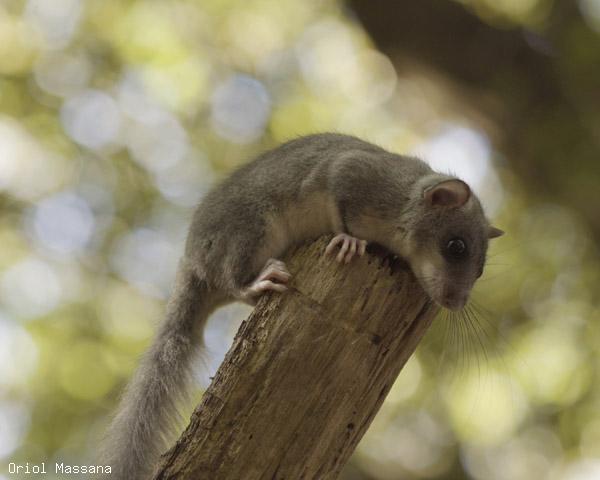
Who are dormice?
Rodents form the most diverse order of mammals, with around 2.280 species inhabiting numerous and diverse habitats all over the world. Within this large order, we find the dormouse family (Gliridae), one of the oldest living families of rodents.
Dormice are a different, interesting and distinctive group in many ways. Like the rest of small mammals, dormice respond quickly to changes in their environment and most of their species are strict hibernators. This makes them especially sensitive to climate and other environmental factors as well as becoming important bioindicators of environmental changes, which should be considered in research.
Which species do we find in our country?
Dormice, although they had been widely distributed in the Palaearctic area, have a limited current distribution. This group includes 9 genera and about 26 living species: half of them are found in Africa and the rest are distributed between Europe and Japan. However, due to habitat loss promoted by humans, recently many of these species have become threatened and they are considered rare or endangered.
Two genera are represented in Spain, Glis and Eliomys. Glis glis is the only species of this genus and is found throughout the northern third of the peninsula (from Catalonia to Galicia). The genus Eliomys has two species and 4 subspecies in Spain. Eliomys melanurus is found in the North African cities of Ceuta and Melilla and and Eliomys quercinus is more widely distributed in Spain, with 4 subspecies:
- E. q. quercinus: it occupies almost the entire peninsular area and is the one found in Catalonia.
- E. q. lusitanicus: it is distributed throughout the south-west peninsular.
- E. q. gymnesicus: present present in Mallorca and Menorca.
- E. q. ophiusae: only found on Formentera.
No members of these genera are found in the Canary Islands or Ibiza.
Within the native vertebrate fauna of Catalonia, only two species of the family Gliridae are represented, the edible dormouse (Glis glis) and the garden dormouse (Eliomys quercinus)
Edible dormouse (Glis glis)
The edible dormouse is a rodent that is distributed practically throughout all Europe, associated with the presence of deciduous forest. In the Iberian Peninsula, it is restricted to the northern Eurosiberian strip, between 50 and 2000 meters above sea level and a range of rainfall between 525 and 1850 mm per year.
In Catalonia, the edible dormouse is distributed in the Pyrenees, Pre-Pyrenees and the humid eastern region, in the domains of typical deciduous forests such as beech, oak and hazel forests.
In the north of the Catalan territory, edible dormouse populations reach the Albera massif, the easternmost sector of the Pyrenees and the region where the last beech forests are found before reaching the Mediterranean Sea.
To the south, the species occupies part of the Prelitoral and Litoral mountain ranges, where the most southern edible dormouse populations of the whole Iberian Peninsula are found, specifically, in the Montnegre massif.
Garden dormouse (Eliomys quercinus)
The garden dormouse is more widely distributed throughout Catalonia and is found in different types of environments, such as forests, scrubland, cliffs, and even dry-stone walls in dry farming areas. It usually takes refuge in holes between rocks, and it is less arboreal than the edible dormouse.
Unlike the edible dormouse, the garden dormouse has an omnivorous diet, consisting of fruits and seeds as well as small vertebrates and insects.
Recently, Mediterranean populations of this species have suffered a significant decline and its exact causes are unknown, but it could be linked with changes in land use such as afforestation and loss of open areas.
Edible dormouse (Glis glis)
The edible dormouse is the largest species of all the Gliridae family. Although it might occasionally prey on insects and small arthropods, it is mainly vegetarian and has a singular dependence on nuts (acorns, beechnuts, hazelnuts, etc.). Its presence is often associated with mature, well-preserved beech and oak forests, which have a greater supply of natural cavities than young forests. These cavities are basic for the development of its life cycle, especially for breeding during its active period. In addition to being a strict hibernator, it is a strong specialist of one type of habitat and food, which makes it even more sensitive to changes affecting the environment.
The dormouse's strong specialization for the deciduous forest is manifested by a great synchrony between its phenology and the environment, synchronizing its reproduction with the period of greatest availability of nuts and adapting its cycle to the calendar of the habitat where it lives. Our monitoring allows us to see the fluctuations in its populations along years and compare them among different regions, depending on the availability of food. Being able to record these variations over time and on a continuous basis is essential to understand the factors of change and the responses to them.
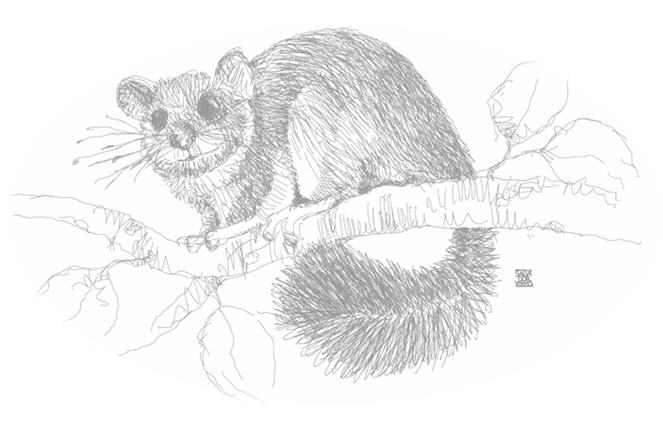
Edible dormouse and climate change
It is well known that climatic conditions influence the demography of populations, directly influencing their mortality or indirectly altering their life cycles and reproduction. In a context of global change, specialist species, opposed to generalist species, will suffer more intensely from habitat variations caused by anthropogenic and climatic causes.
In this line, in 2011, the “Ministeri de Medi Ambient i Medi Rural i Marí (MARM)” published the results of a study showing the effects of climate change on the potential future distribution of vertebrates, according to different climate change scenarios established by the IPCC (Intergovernmental Panel on Climate Change). According to this study, the edible dormouse is among the 5 species of Central European requirements with the greatest risk of potential habitat loss in Catalonia and Spain (26% and 38% estimated loss in this century, respectively).
With this scenario, long-term biodiversity monitoring is basic to know and understand which impact these changes have and which species and communities will be affected in the future. Besides, special attention should be addressed to the monitoring and study of resilient populations that live at the limit of species biogeographical distribution. These populations are the first to be impacted by these changes and the first to respond, such as the most southern edible dormouse populations in the Iberian Peninsula found in the Montnegre massif.
Els petits mamífers i el canvi climàtic a la Xarxa de Parcs Naturals de la Diputació de Barcelona (Just available in Catalan)
Reportatge sobre els lirons al 324 (Just available in Catalan)
Other species of interest that may occupy nest boxes
Apart from dormice, nest boxes can be occupied by other species, such as birds, other small mammals, and some invertebrates. Collecting these data during nest box inspection will provide important extra information and knowledge that will complement the monitoring.
